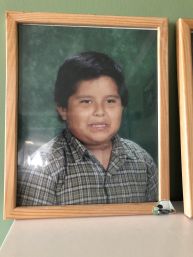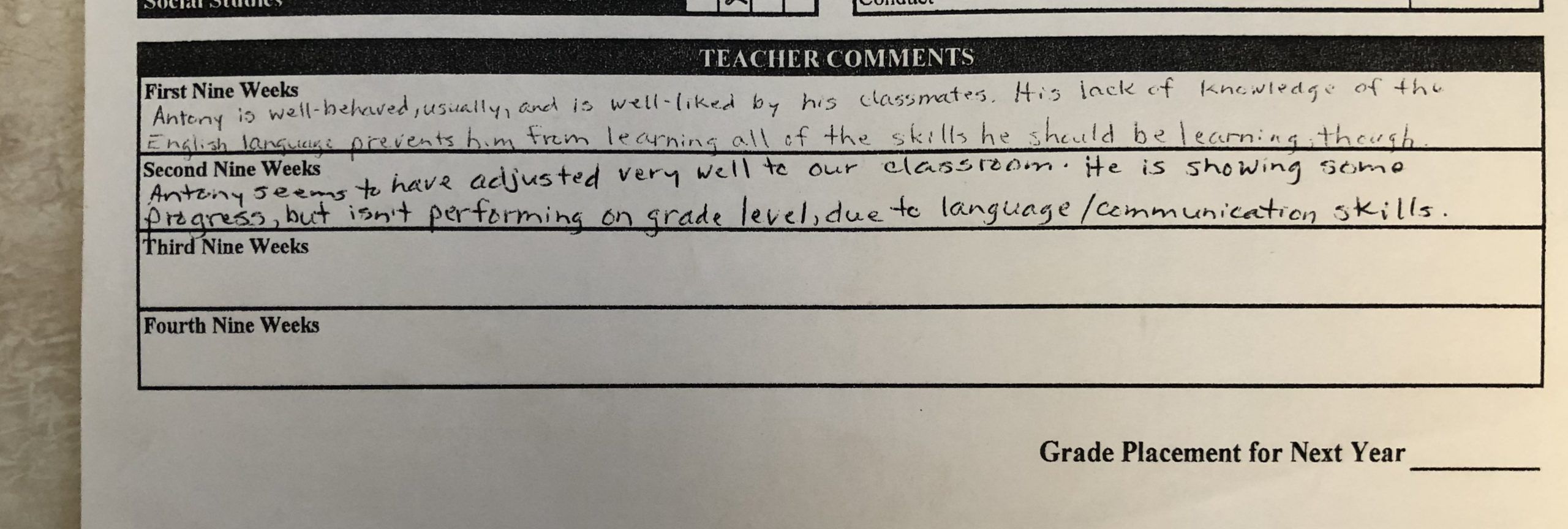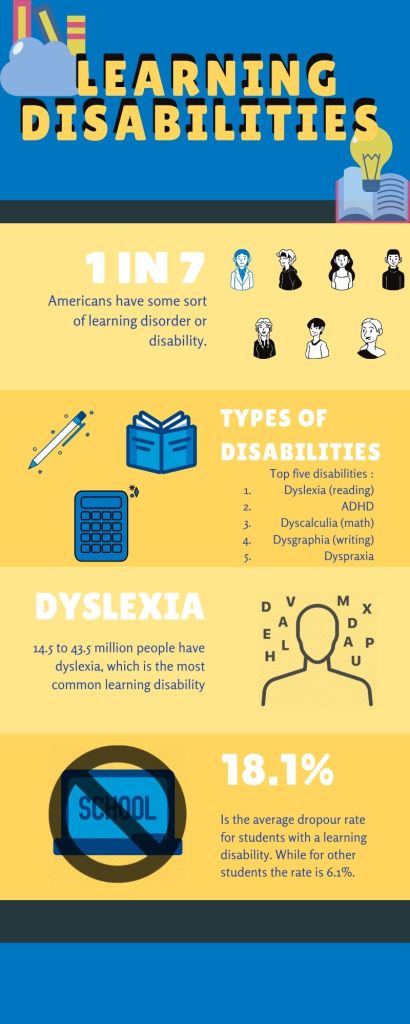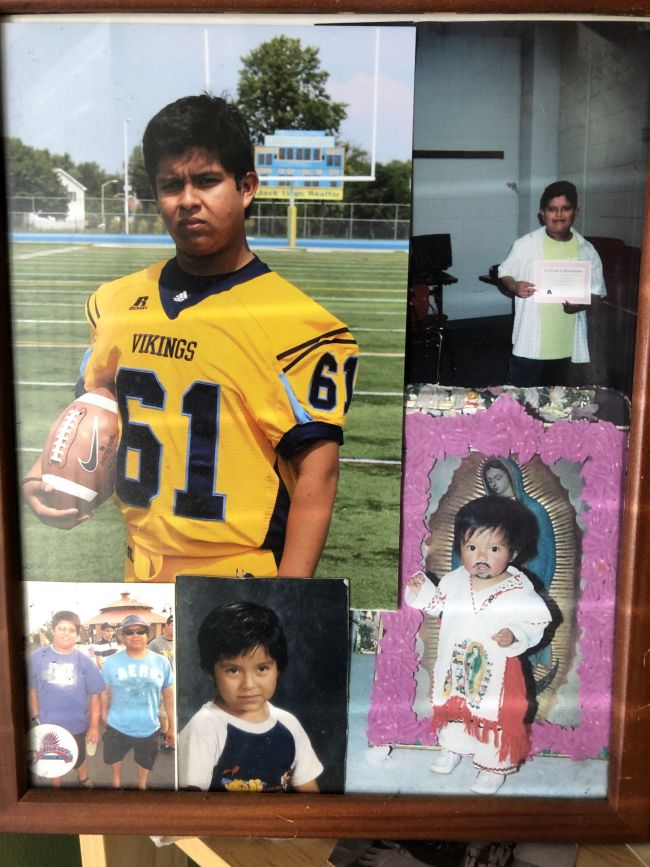“Having dyslexia didn’t only affect me and made it hard for me to learn, but it also affected my family,” Antony Santiago, a medical student at John Hopkins University, said. “I felt like I had more pressure on a day-to-day basis because I was the one primarily helping my parents since they didn’t speak English. Whenever my parents got important mail, I had to make sure not to mess up when trying to read and understand it because if I misunderstood something, then my parents would misunderstand it as well.”

Not only is school hard when you are starting, but it can also be hard when you have a learning disability. Having a learning disability comes from the person’s brain being “wired” differently than others. This makes it difficult for people when it comes to writing, reading, spelling, recalling, reasoning, or organizing. According to the National Institutes of Health, one in seven Americans have some learning disorder.
Growing up, Santiago didn’t realize he had a learning disability. Since he came to the United States from Mexico at the age of 5, he thought that he was having trouble with school because of the language barrier that was inhibiting him from learning quicker.
“It was difficult to process and concentrate on certain tasks, especially when there were multiple things that were in sight, like reading a whole page or doing a full page of formulas,” Santiago said. “There were multiple occasions growing up that I remember where I had to re-read the whole page because when I was reading the sentences it got distorted. When I reached the end of the page, I only ended up getting more frustrated because I realized that I didn’t even know what I had just read.”

After a couple of years in the United States, he then realized that there was something more to his struggles that he didn’t understand. It wasn’t until the end of eighth grade that his teachers started to get concerned and asked him to see the school psychiatrist. They made him take a couple of tests and informed him that he had a learning disability called dyslexia.
Individuals with Disabilities Education Act (IDEA) is an act that mandates for public schools to provide free services for students ages 3-21. In 2017-18 the number of students from the ages 3-21 who received special education services under IDEA was 7 million, according to The Condition of Education. Thirty-four percent of the students who received special education services had a specific kind of learning disability, according to research conducted by IDEA.
“After I found out that I had dyslexia, the school provided extra help for me,” Santiago said. “I had tutoring sessions where someone would help me with things that I didn’t understand.”

Dyslexia is known as a learning disability in reading and makes it difficult for people to understand information and affects areas of the brain that process language. According to Mayo Clinic, people with dyslexia have trouble with reading, spelling, pronouncing and difficulty with math problems. LD OnLine research shows that 14.5 to 43.5 million people have dyslexia. LD Resources Foundation says that the top five most common learning disabilities and disorders are – dyslexia (reading), ADHD, dyscalculia (math), dysgraphia (writing) and dyspraxia.
Santiago didn’t mention his problems to his parents because since he was the oldest child, he thought it was upon him to be a strong person and that he could figure it out by himself. However, there were times where it became too much, and he almost failed a couple of grades. There were even times where him seeing letters like the alphabet soup was a running joke between his friends. This made him wonder what was wrong with him and how could he fix it.
“At first I let it define me and use it as an excuse to say ‘oh that’s why I’m not doing good at school,'” Santiago said. “As I got older, it hit me that I couldn’t use it as a reason for my failure. If anything, it should be a reason for me to strive to be better. As I got older, I’ve learned how to be proud of it and not let it define me as a person. I’ve used it as a sort of stepping stone to keep pushing me forward.”
The National Center for Learning Disabilities (NCLD) found that people with learning disabilities are three times more likely to drop out of school. The average dropout rate for students is 6.1 percent, while the average dropout rate for students with learning disabilities is 18.1 percent. Smart Kids with Learning Disabilities suggests that kids with disabilities are 63 percent more likely to get bullied than other kids.
“Instead of teachers being biased with kids that have learning disabilities, they should be making accommodations as needed in the classroom, whether it’s a different type of instruction or a partnership with a person,” Ahtziri Lopez-Santiago, Primeros Pasos preschool teacher, said. “They shouldn’t isolate someone who learns differently than the whole class because if you think about it, each kid learns differently regardless of a learning disability.”




